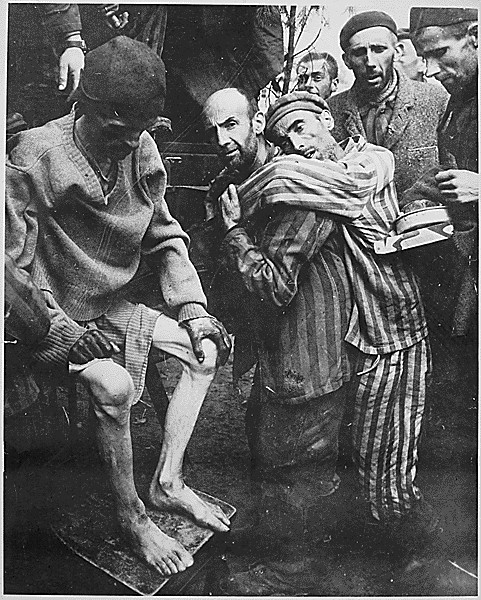Holocaust Education & Archive Research Team |
Other Camps
Key Nazi personalities in the Camp System The Labor & Extermination Camps
Auschwitz/Birkenau Jasenovac Klooga Majdanek Plaszow The Labor Camps
Trawniki
Concentration Camps
Transit Camps
| ||||
Other Camps Introduction (Concentration camps other than the killing centres of Belzec, Sobibor & Treblinka)
The Nazis built their order on the bedrock of an enormous and highly complex concentration and destruction system. These camps were an essential part of the Nazis' systematic oppression and mass murder of Jews, political adversaries, and others considered socially and racially undesirable. There were concentration camps, forced labor camps, extermination or death camps, transit camps, and prisoner-of-war camps. The living conditions of all camps were brutal. After 1939 with the beginning of the 2nd World War, concentration camps increasingly became places where the enemies of the Nazis were killed, enslaved, starved, and tortured. During the War concentration camps for “undesirables” spread throughout Europe. New camps were created near large concentrations of what the Nazi's considered a undesirable population groups, specifically large communities of Jewish, Polish,Communists or Gypsies. Most camps were located in the area of General Government in occupied Poland for a simple logistical reason: millions of Jews lived in Poland. It also allowed the Nazis to transport the German Jews outside of the German main territory
By the time the Nazis were at the peak of their power the system consisted of killing centres, extermination/ concentration camps, labour camps, concentration camps, penal settlements, Jewish Camps, resettlement camps for Poles, camps for foreign workers, Prisoners of War and in the ghettos, both during their existence, and after the vast majority of the Jews had been murdered.
The two largest groups of prisoners in the camps, both numbering in the millions, were Jews and the Soviet prisoners of war . Large numbers of Roma/Gypsies, Poles, political prisoners, homosexuals, Jehovah's Witnesses, Catholic clergy, the mentally and physically handicapped as well as common criminals. In addition, a small number of Western Allied POWs were sent to concentration camps for various reasons. Western Allied POWs who were Jews, or whom the Nazis believed to be Jewish, were usually sent to ordinary POW camps; however, a small number were sent to concentration camps under anti-Semitic policies.
The killing centres of Aktion Reinhard – Belzec, Sobibor and Treblinka, are covered in separate detailed chapters, the other camps we are going to cover on these pages, are the three extermination/ labour camps, Chelmno, Auschwitz/ Birkenau, and Majdanek (KZ Lublin). The Concentration Camps will be covered, as will the numerous Labour Camps, such as Poniatowa, Trawniki, Budzyn, Plaszow, and Gesiowka, that the Nazis established in Poland during their reign of terror during the years 1939 – 1945. Also some transit camps such as Westerbork, Vught and Drancy, and Sans Sabba will also be covered in other sections
Sources: Hitlers Death Camps (The Sanity of Madness) by Konnilyn Feig BundesArchiv Ludwigsberg Archive Polish State Archives BDC US NARA
Copyright: H.E.A.R.T 2008
|


